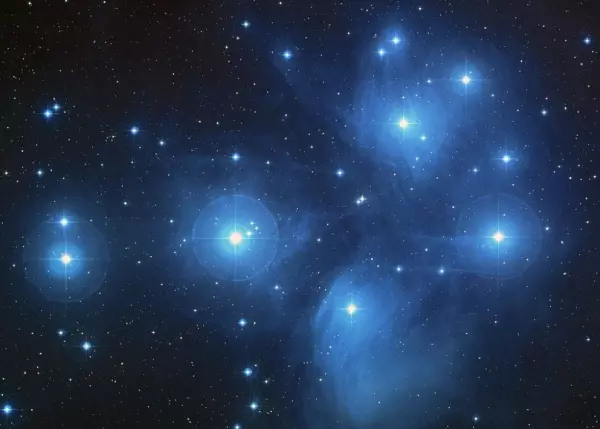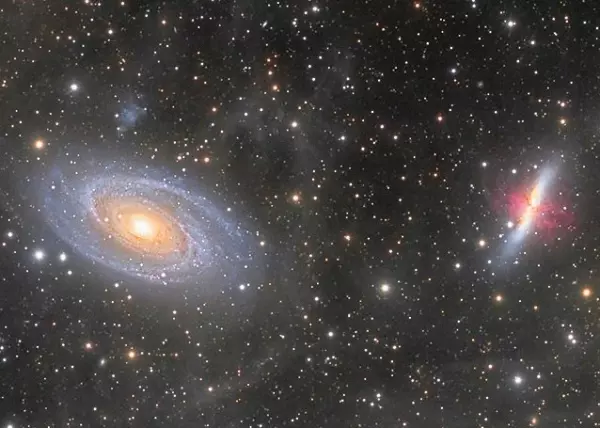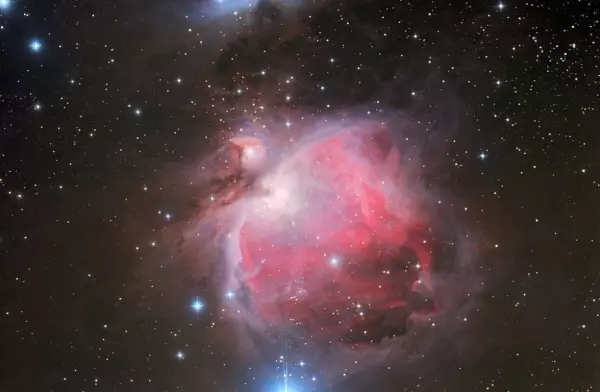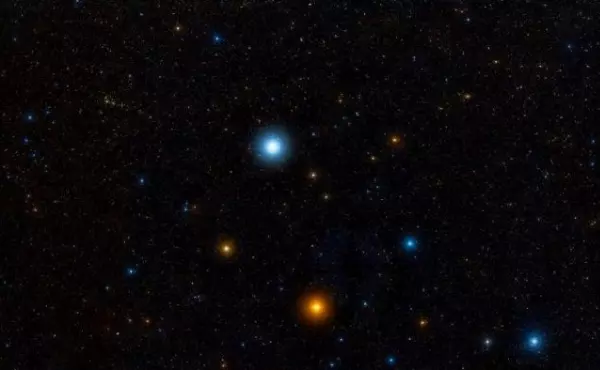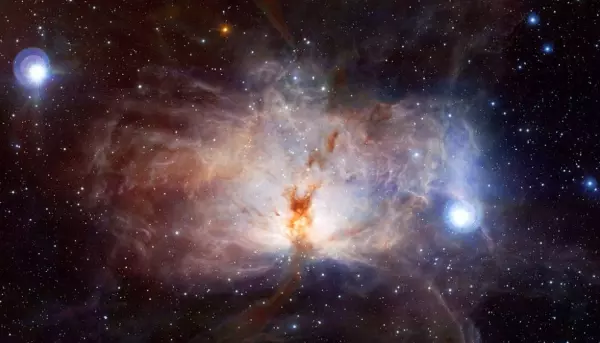The Night Sky: January 2021
Here are a few skywatching tips for January:
Read More »The Night Sky: January 2021
Here are a few skywatching tips for January:
Read More »The Night Sky: January 2021
Here are the highlights of the December sky:
Read More »The Night Sky: December 2020
Here are some of the things to see in February:Read More »The Night Sky: February 2020
Here are some of the things to see this month:Read More »The Night Sky: January 2020
Here are some of the things to see in December:Read More »Night Sky Highlights: December 2019
Algol, Beta Persei, is a bright multiple star located in Perseus. It is the second brightest star in the constellation, after Mirfak, Alpha Persei. The… Read More »Algol
Here are some of the things to see in March:
Read More »Night Sky Highlights: March 2019
